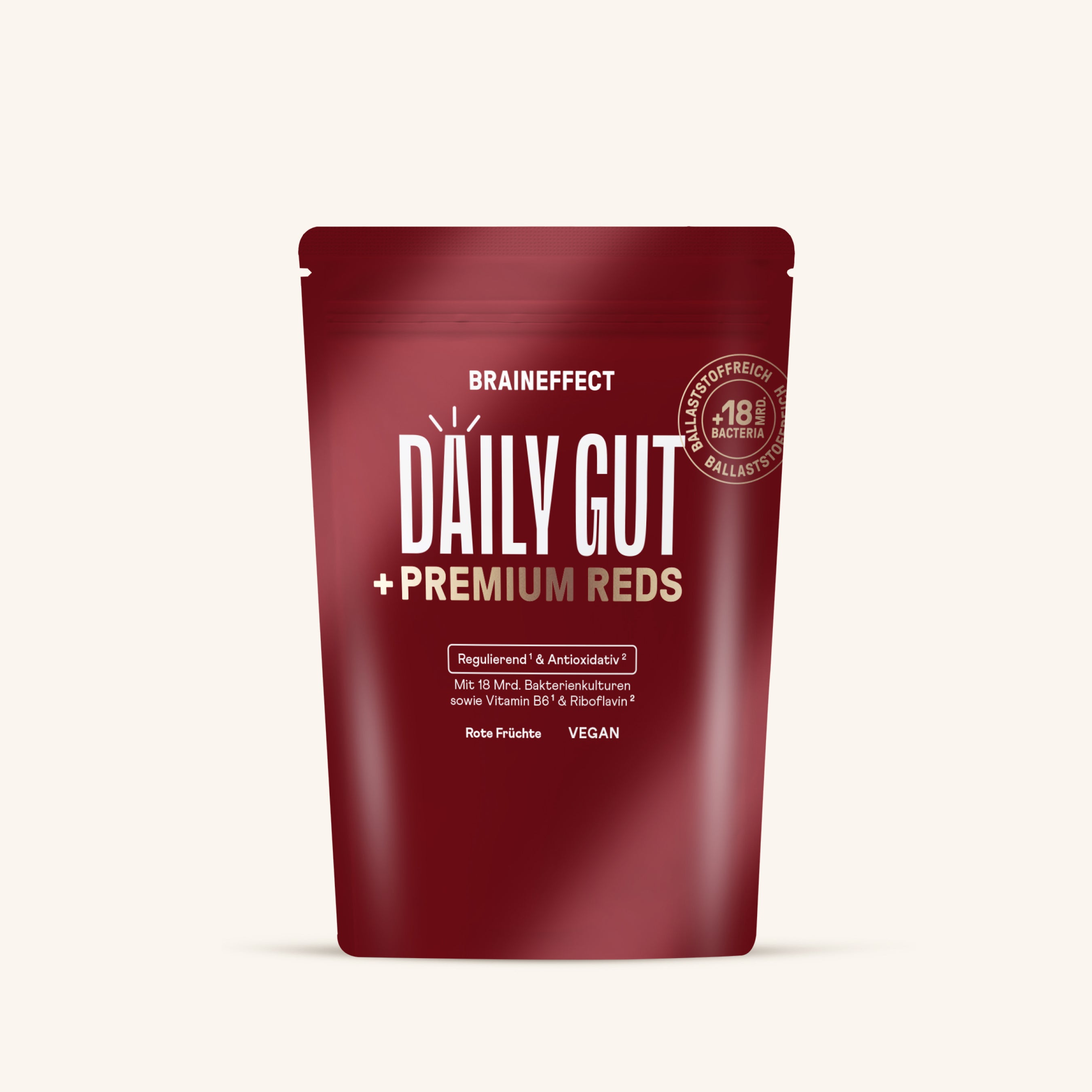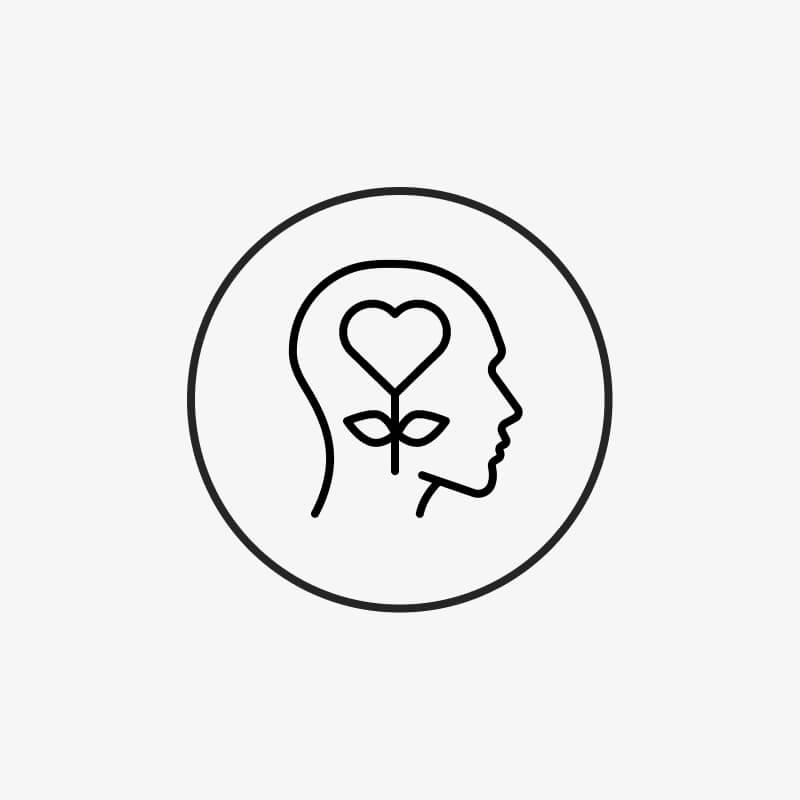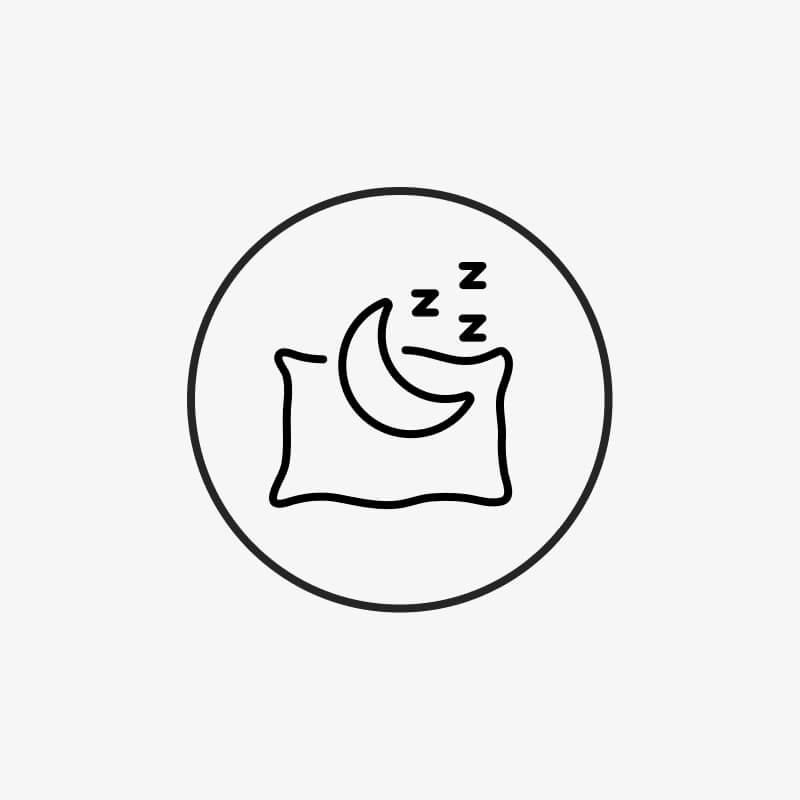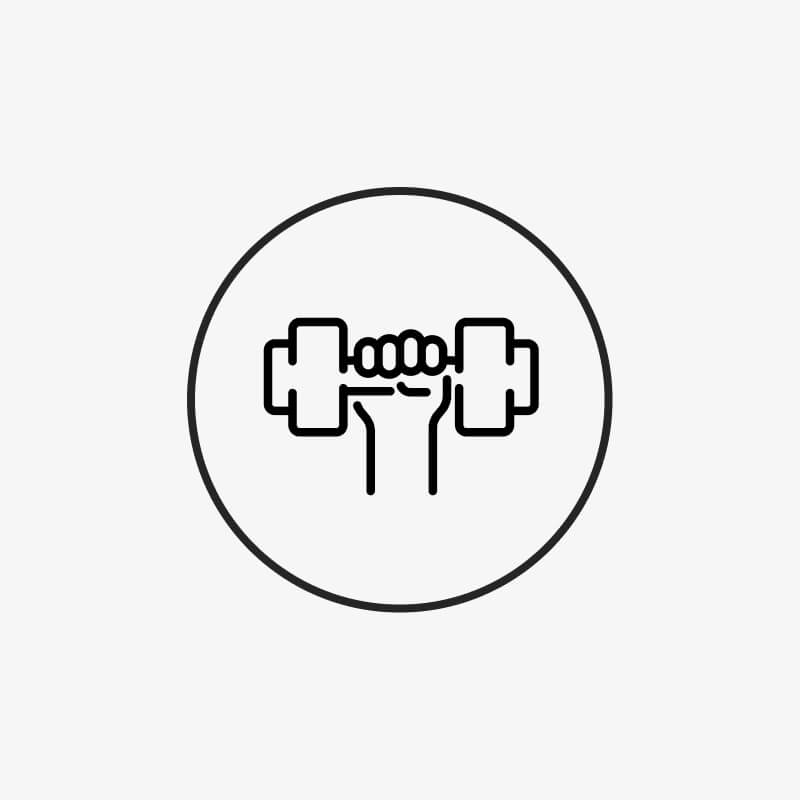Our memory can only effectively cope with the daily flood of information and sensory impressions we must process if it selects rigorously. In just one second, approximately 10 million signals reach our brain! There, this information must be recognized and correctly processed. The functioning of memory can be divided into four functions: • sorting and selecting stimulus information according to "known" and "unknown," • memorizing, • retaining, and • retrieving. Let's imagine that memory consists of three baskets: The first basket is "ultra-short-term memory," the second is "short-term memory," and the third is "long-term memory."
Ultra-short-term or sensory memory
The first basket, ultra-short-term memory, or sensory memory, initially stores all sensory impressions. It can unconsciously store very large amounts of information, but only for a very short time, from a few milliseconds to a maximum of two seconds. New information quickly displaces the old, and only a fraction of it is stored in the (conscious) "short-term memory" basket.
Short-term memory: working memory
Short-term or working memory is the next stage of our memory. Here, new content is initially retained unchanged and consciously, but only for a short time (around 12 to 20 seconds) and only a very limited amount of information (7 plus/minus 2 information units, also called chunks). A typical example is a telephone number that has just been given to us: we have to grab a pen and write it down pretty quickly, otherwise we will quickly forget the number. The retention of such a number can be improved by repeating the number several times or by structuring it using what is known as chunking. This means combining the individual elements into easier-to-remember groups, for example, the number sequence: 1,9,7,0,6,5,6,6 becomes 1970, 65, and 66.
Permanent storage in long-term memory
When the "short-term memory" basket is full, it is cleared out, and only the most important things are transferred to long-term memory, which in everyday life is considered the "real memory" that permanently stores information. The size of this "basket" varies from person to person, and no one knows the exact capacity of long-term memory. The "active" vocabulary of most people alone comprises far more than 10,000 words. Added to this is the more extensive, so-called passive vocabulary, words whose meaning we understand but never use. If we add memories, dates, facts, vocabulary, and much more, it quickly becomes clear: long-term memory is an oversized basket whose capacity is virtually inexhaustible.
Are there methods we can use to memorize and recall things better? Yes, we've already seen one of them – chunking – but there are others used by "memory artists," such as world memory champion Dr. Gunther Karsten. He says: "BrainEffect products show that you can improve your mental performance without having to resort to harmful brain-stimulating drugs. I find this approach commendable and therefore happily recommend BrainEffect."














